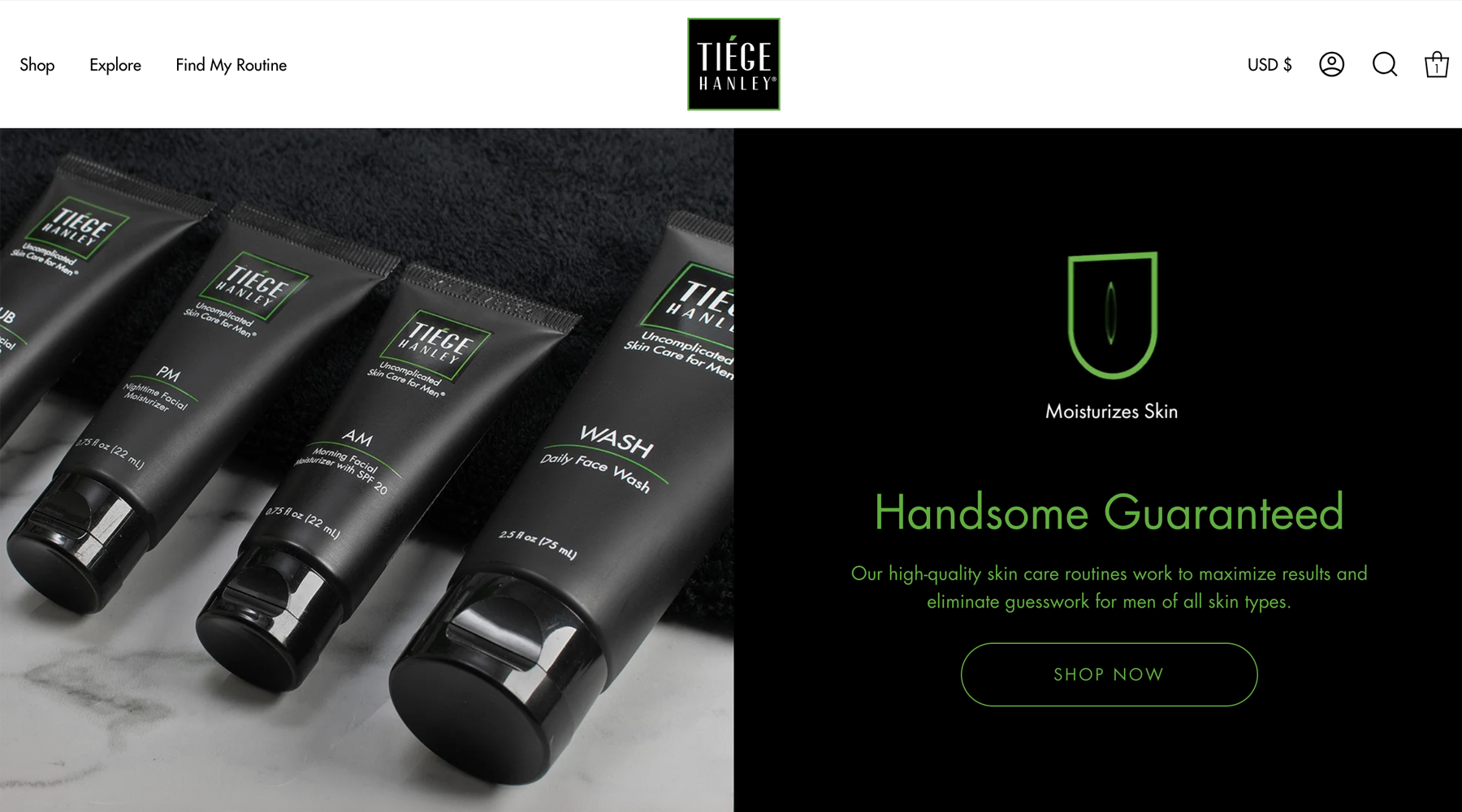So, you decided to grow a beard for the winter. The only problem? You’ve now developed a red, itchy rash that won’t seem to go away.
Known as beard rash, this common problem is the bane of every guy’s existence at some point in their beard journey. How do you solve this annoying facial hair issue and prevent it from happening again?
Here are three things you need to know:
- Beard rash is often caused by a combination of dry skin and poor shaving technique.
- Some forms of beard rash are also caused by a bacterial or fungal infection (aka barber’s itch).
- There are a few simple steps you can take to treat and prevent beard rash.
Step #1: Press Pause on Your Shaving Routine
The red, painful patches of skin underneath your beard may make you want to shave your beard off entirely. However, this will only worsen the problem.
The first thing you should do to treat your beard rash is to leave it alone. Give the skin time to heal on its own without irritating it further with razors, electric razors and metal combs.

Step #2: Moisturize Your Beard
While you should steer clear from razors, don’t forget to continue to moisturize your face. Beard rash is often exacerbated by dry skin, which is why you may notice the problem more during the winter.
Use a daily men’s moisturizer to nourish and soothe irritated skin. If you want to make things super simple, you can use one of Tiege Hanley’s skin care systems, each of which contain a daytime moisturizer with SPF and a night cream proven effective for sensitive skin types.
You can also apply beard oil or beard balm to nourish the skin underneath your beard. Look for a natural beard oil which contains hydrating and soothing ingredients such as grapeseed oil.
According to a 2018 study published in the International Journal of Molecular Sciences, plant oils such as grapeseed oil contain anti-inflammatory, antioxidant and wound-healing properties (see claim: “When applied topically, constituents of plant oils…may act synergistically by several mechanisms: (i) promoting skin barrier homeostasis; (ii) antioxidant properties; (iii) anti-inflammatory properties…”)
CONTROL EYE BAGSStep #3: Apply Topical Creams
Topical creams such as hydrocortisone can also be applied to the affected area to reduce inflammation and itching. In fact, both hydrocortisone and tea tree oil may be highly effective if your beard rash is actually seborrheic dermatitis (SD).
Seborrheic dermatitis can cause red, scaly patches on the skin under the hair. Tea tree oil is well-known for its anti-fungal and anti-inflammatory properties which can help soothe skin conditions such as SD.
In a 2002 study published in the Journal of Dermatology, researchers found that tea tree oil can successfully reduce skin inflammation and improve common skin conditions such as Athlete’s Foot (See claim: “…tea tree oil can reduce histamine-induced skin inflammation.”) If you try using tea tree oil, be sure to use a diluted form to avoid irritating the skin.

Step #4: Keep Your Beard Clean
Blocked hair follicles in the beard area can become inflamed and cause a rash condition known as folliculitis. They may appear as small pimples and are often mistaken for beard acne.
Washing your beard regularly with an antibacterial face wash is essential to treating and preventing this infection. Even if your beard rash isn’t folliculitis, washing your beard three times a week will help keep bacteria out of your pores and prevent beard acne.
Step #5: Know When to See a Dermatologist
If your rash doesn’t improve after following steps 1-4, you should see a doctor or dermatologist. He or she will review your medical history and examine your skin closely before making a diagnosis.
A dermatologist may perform a dermoscopy in which the skin is examined using surface microscopy technology. They may also take a swab of the skin to determine the root cause of any potential infection.
Take the skin care quizFinal Thoughts
Beard rashes, while annoying, are usually harmless. Most rashes will go away on their own by simply avoiding shaving for a while and keeping the skin under your beard moisturized.
However, some cases may be a sign of a bacterial or fungal infection. While some of the same home remedies can be used to treat these skin conditions, some men will need to see a dermatologist to prevent the rash from reoccurring.








